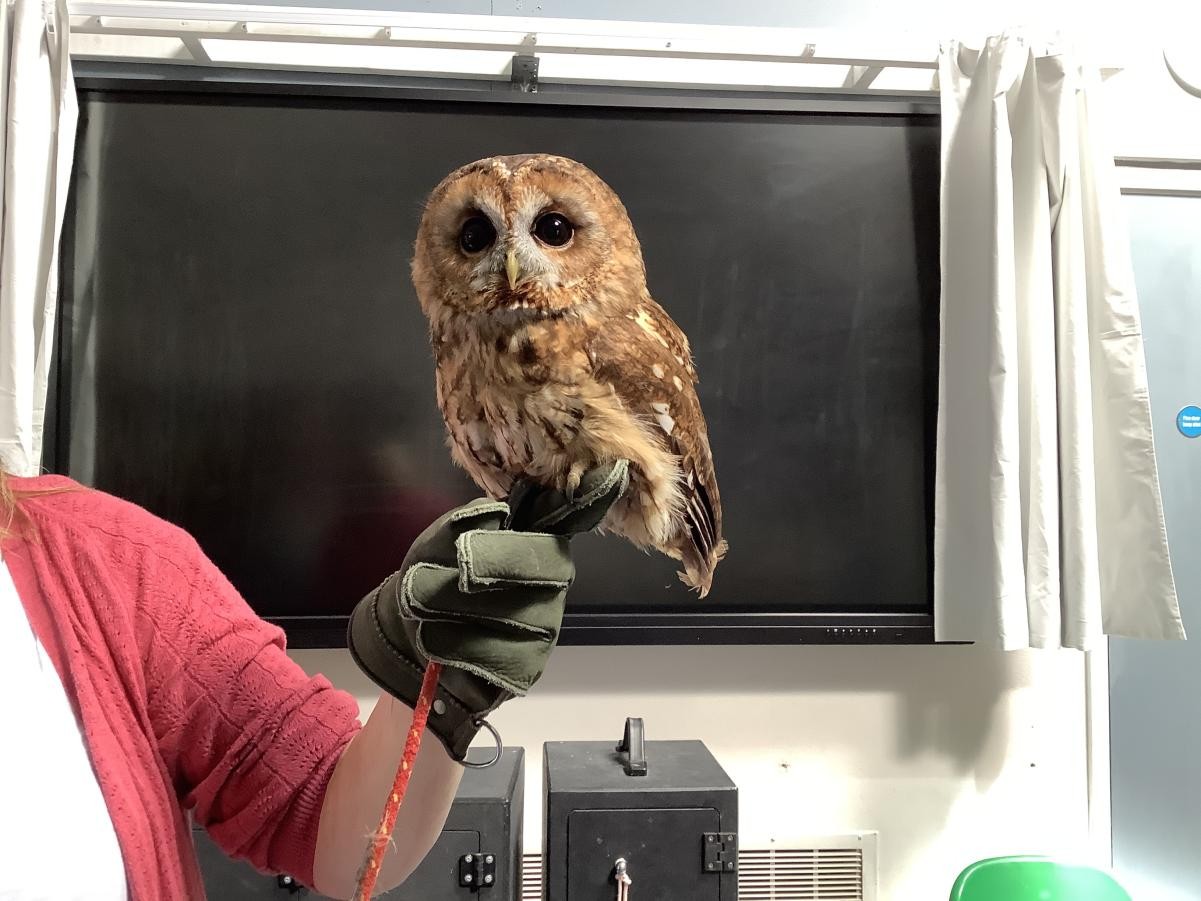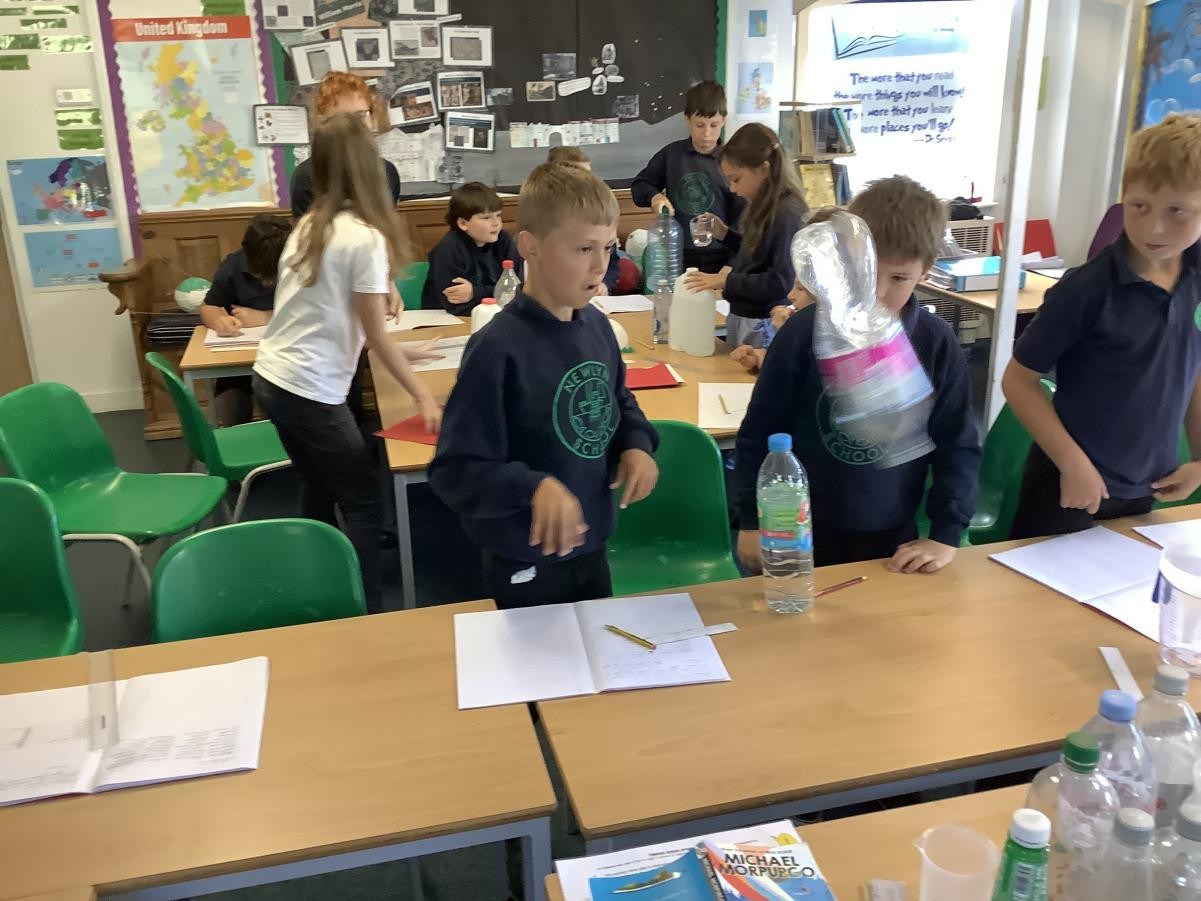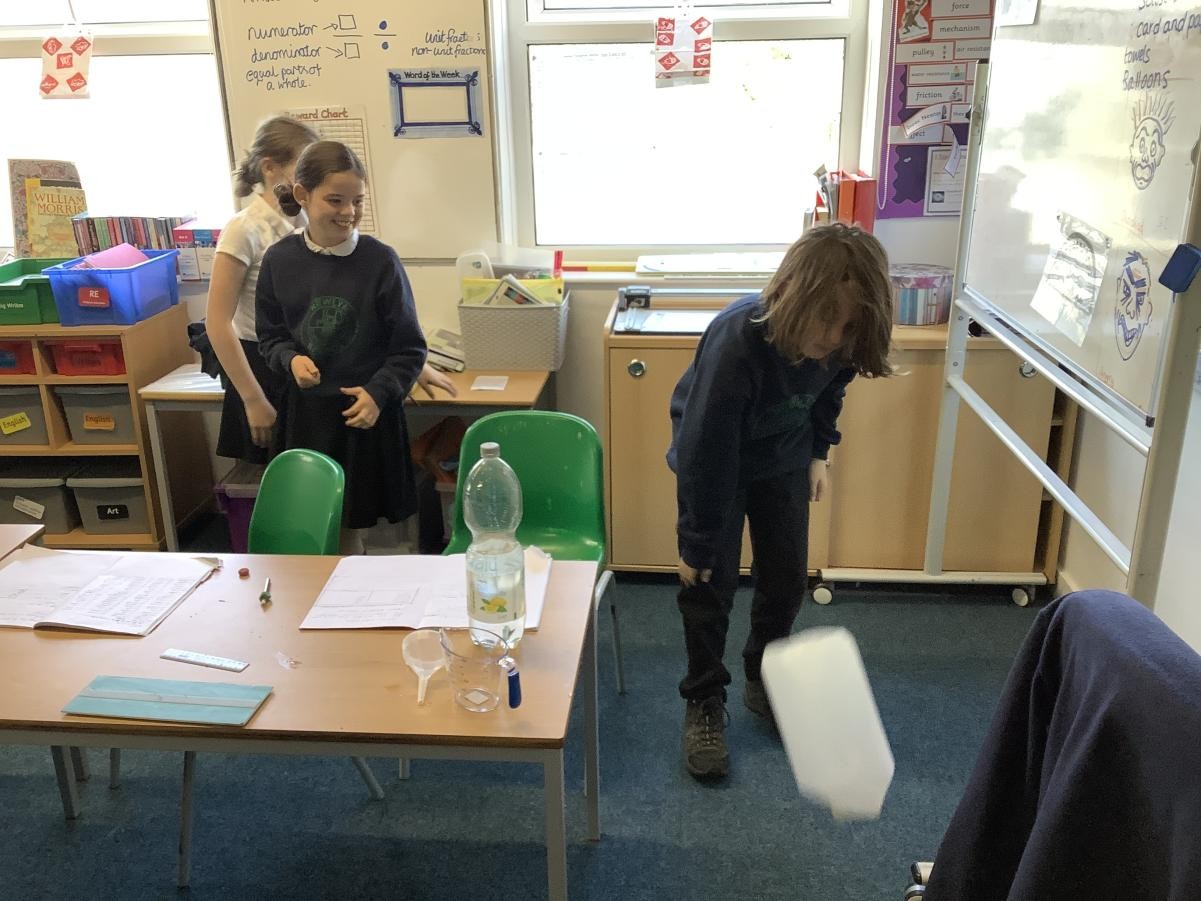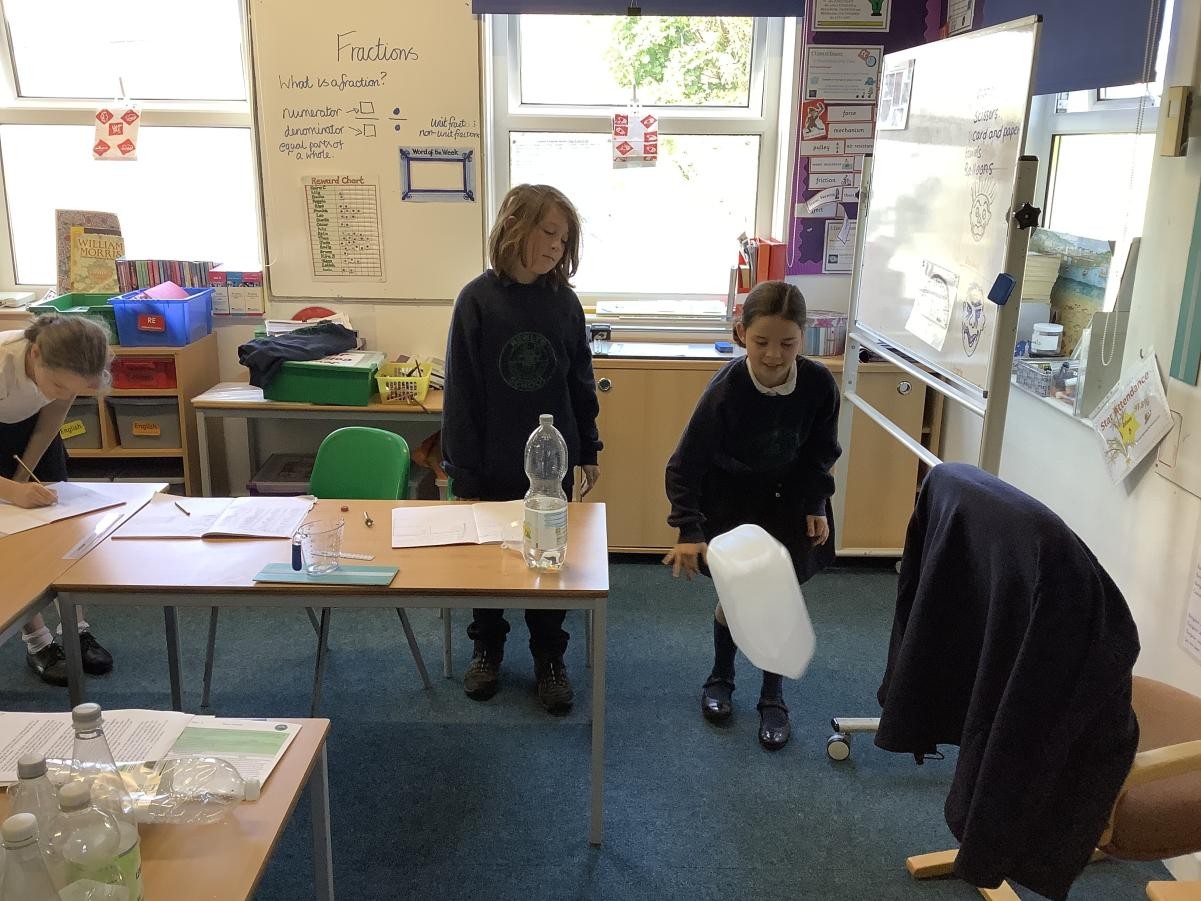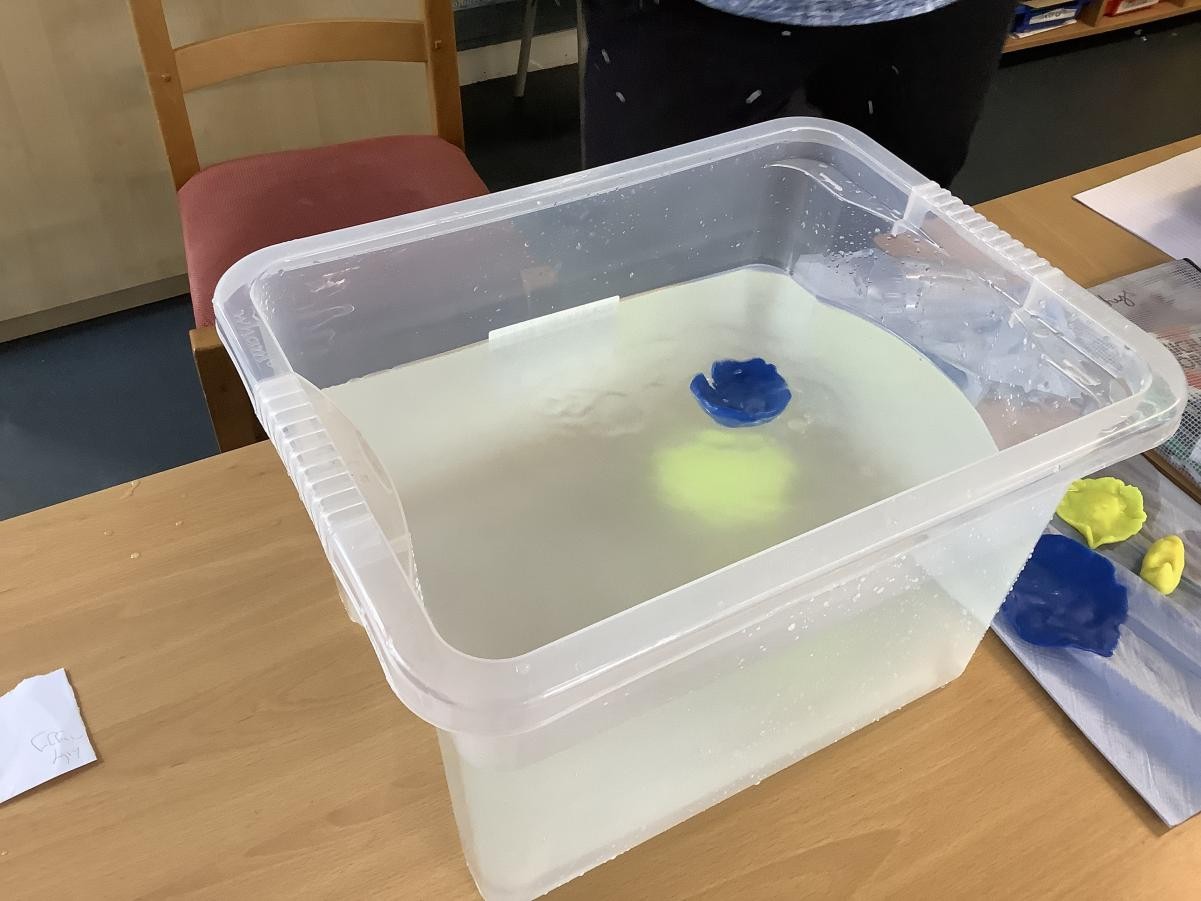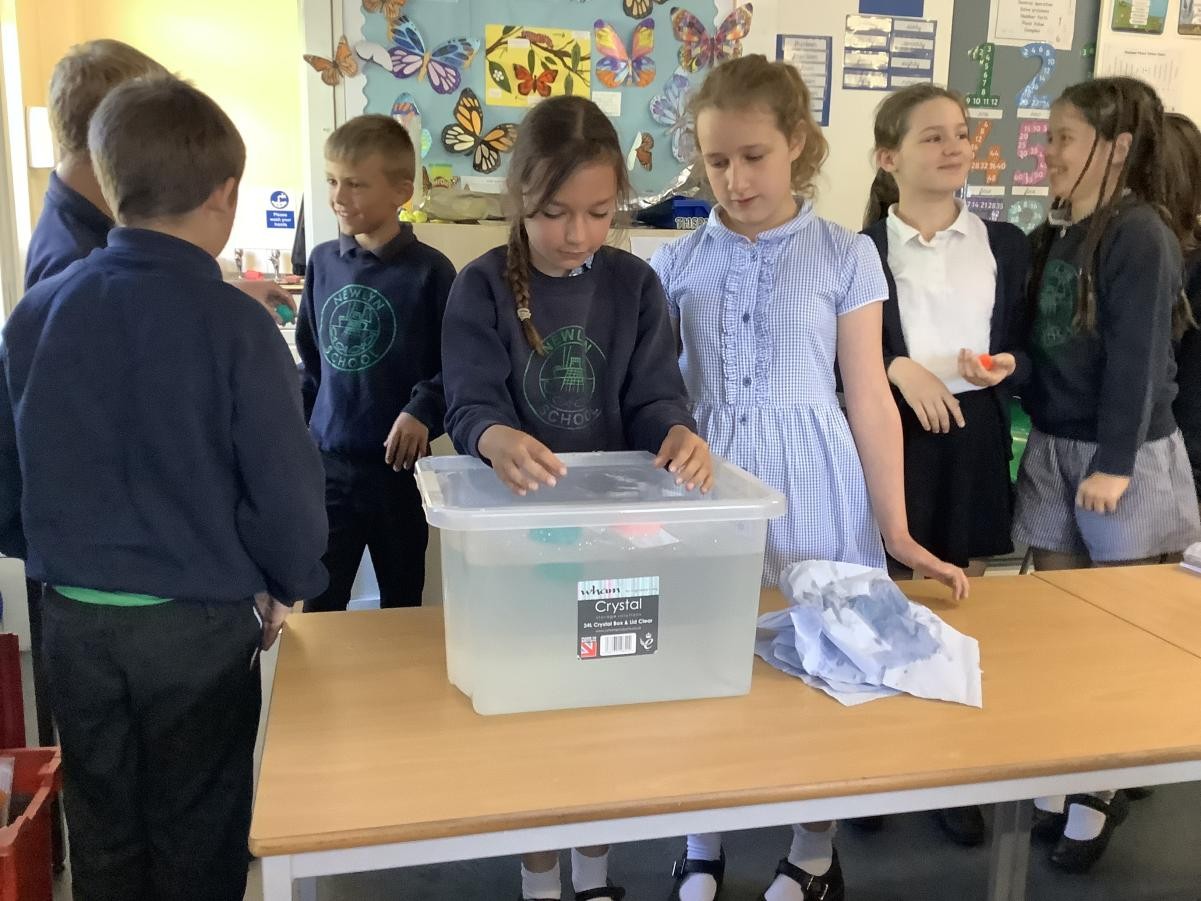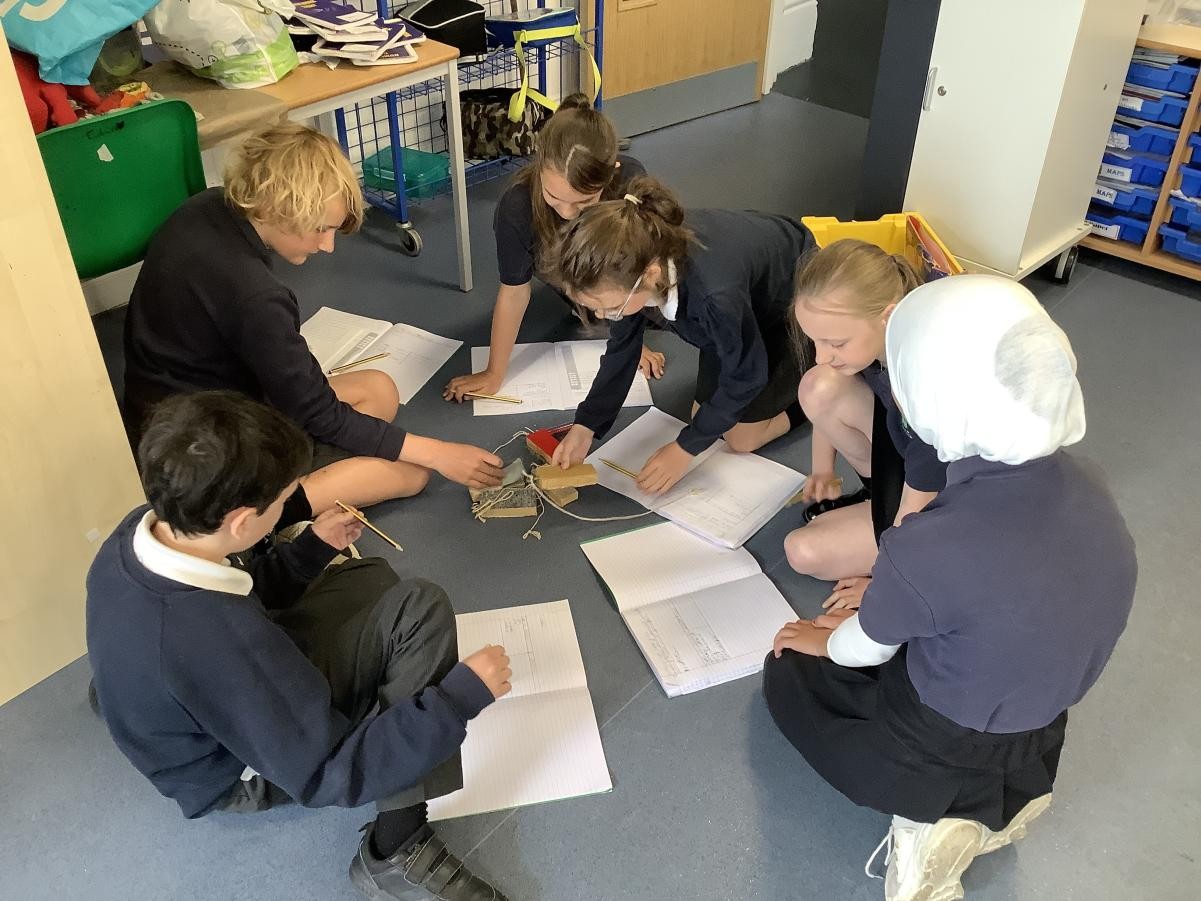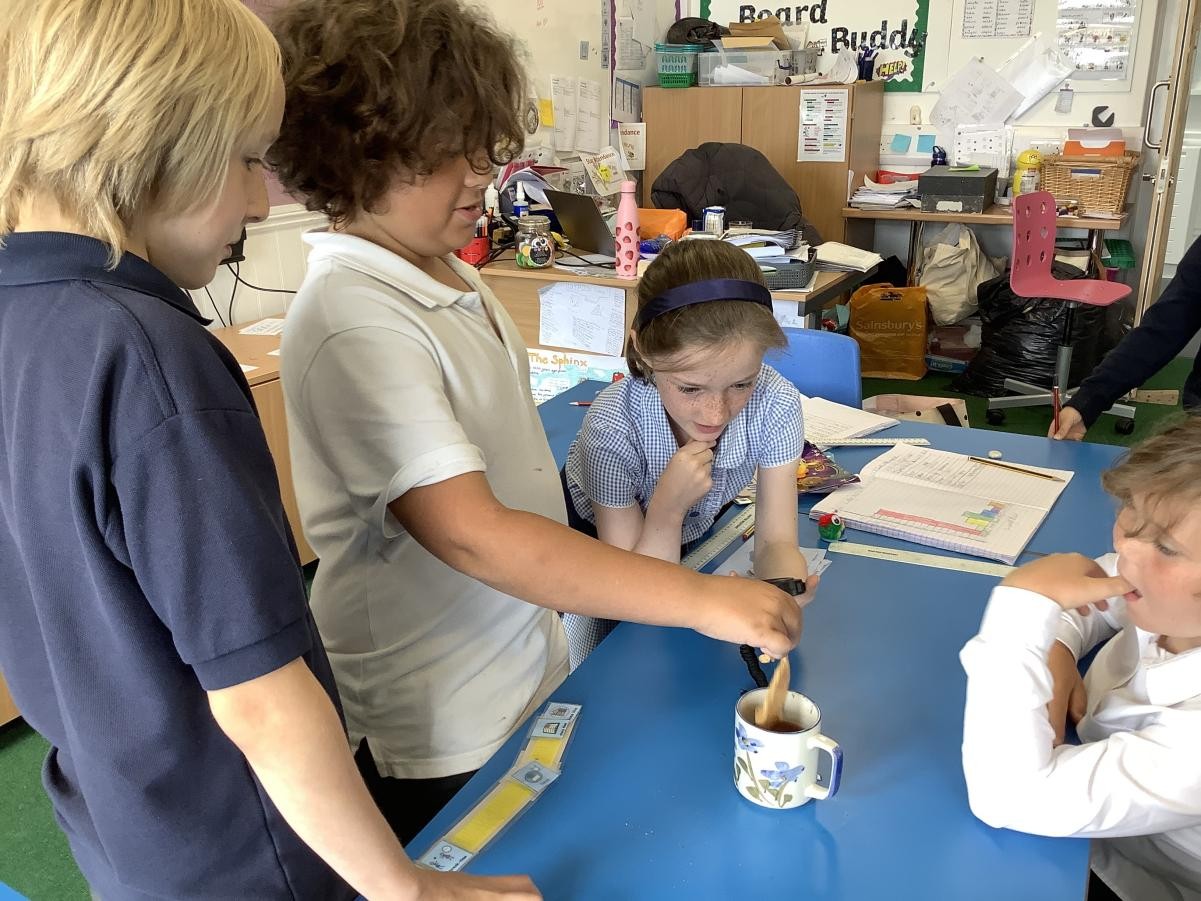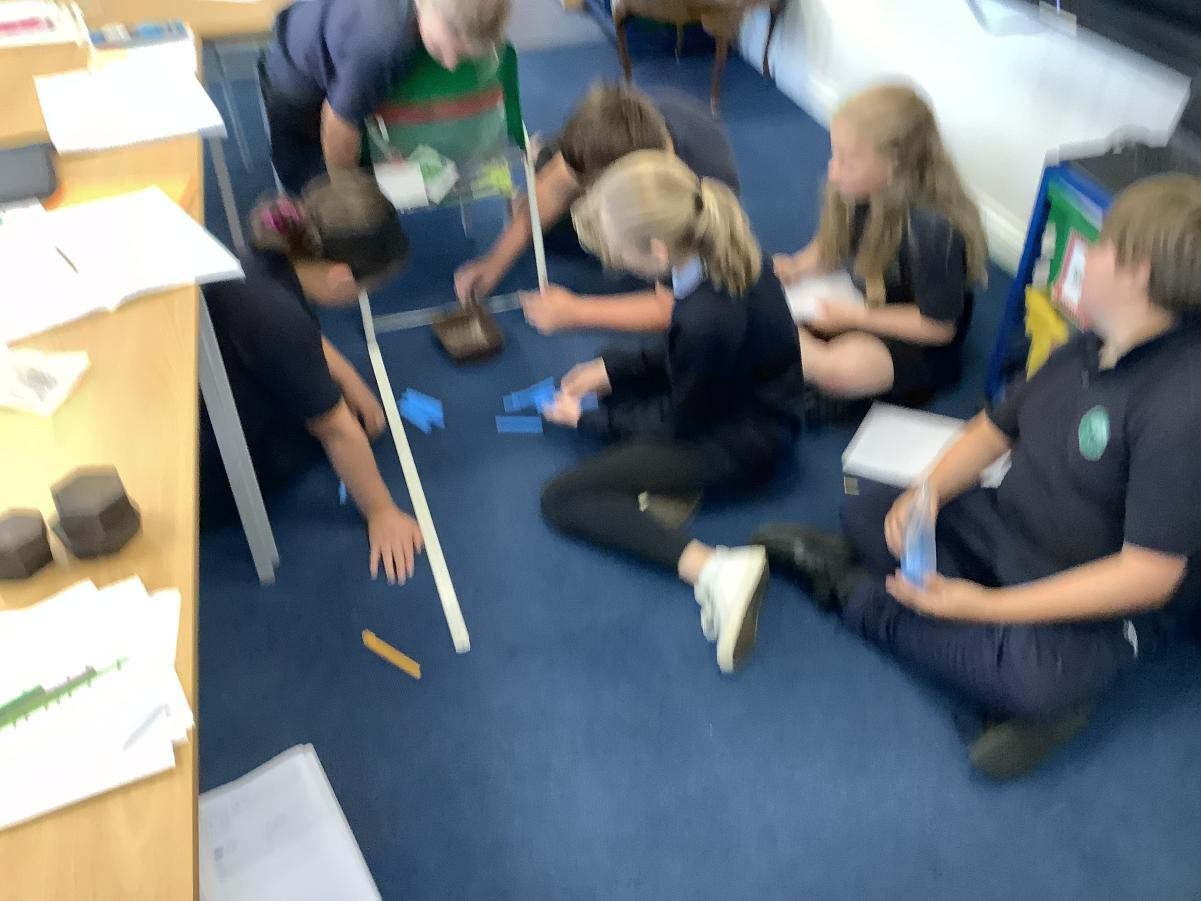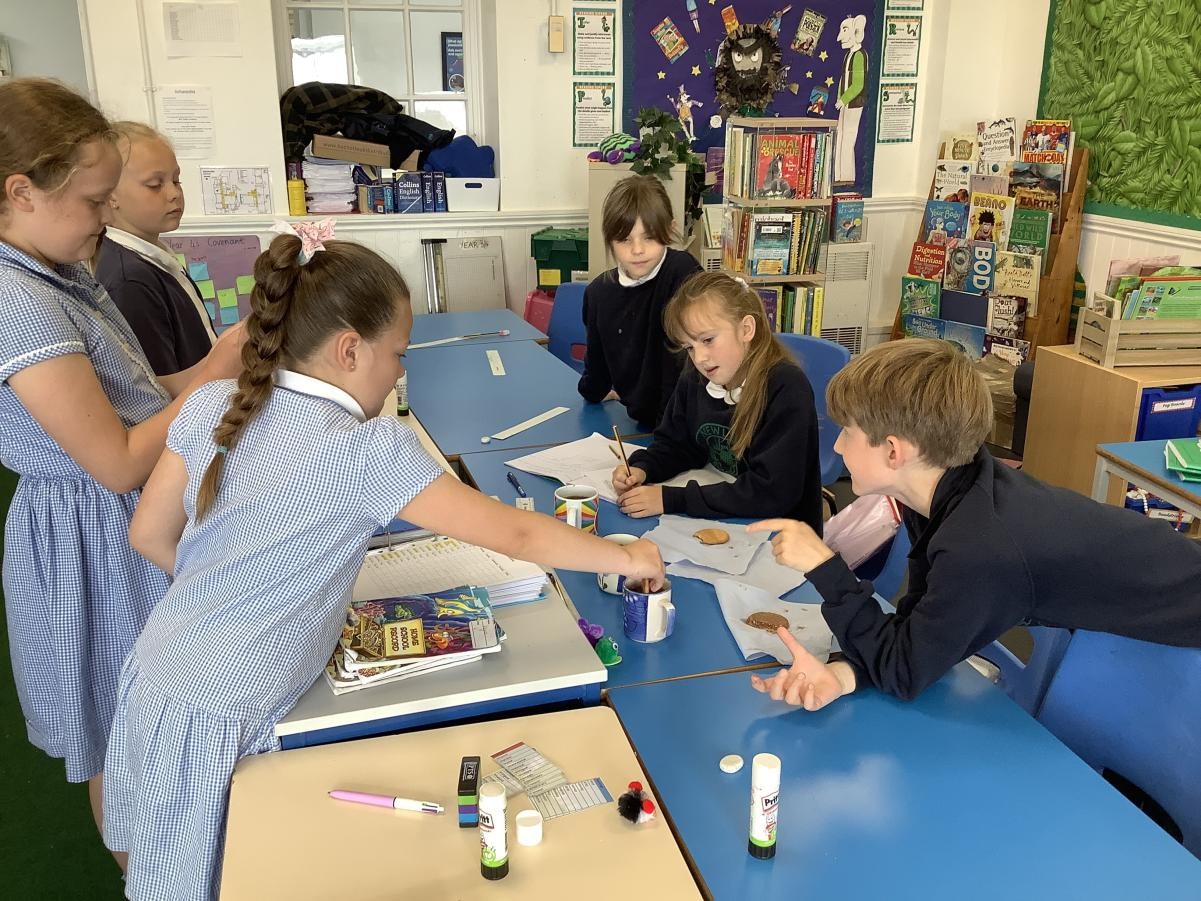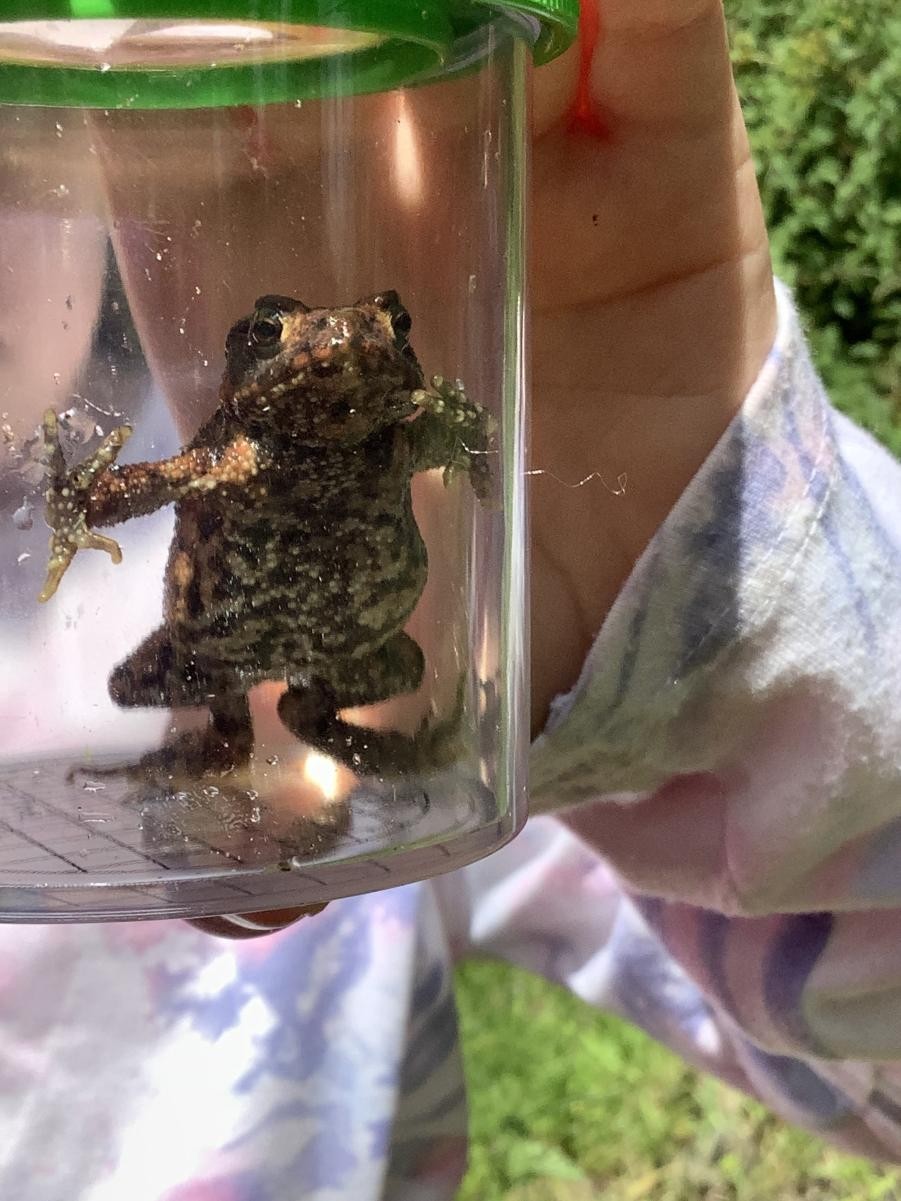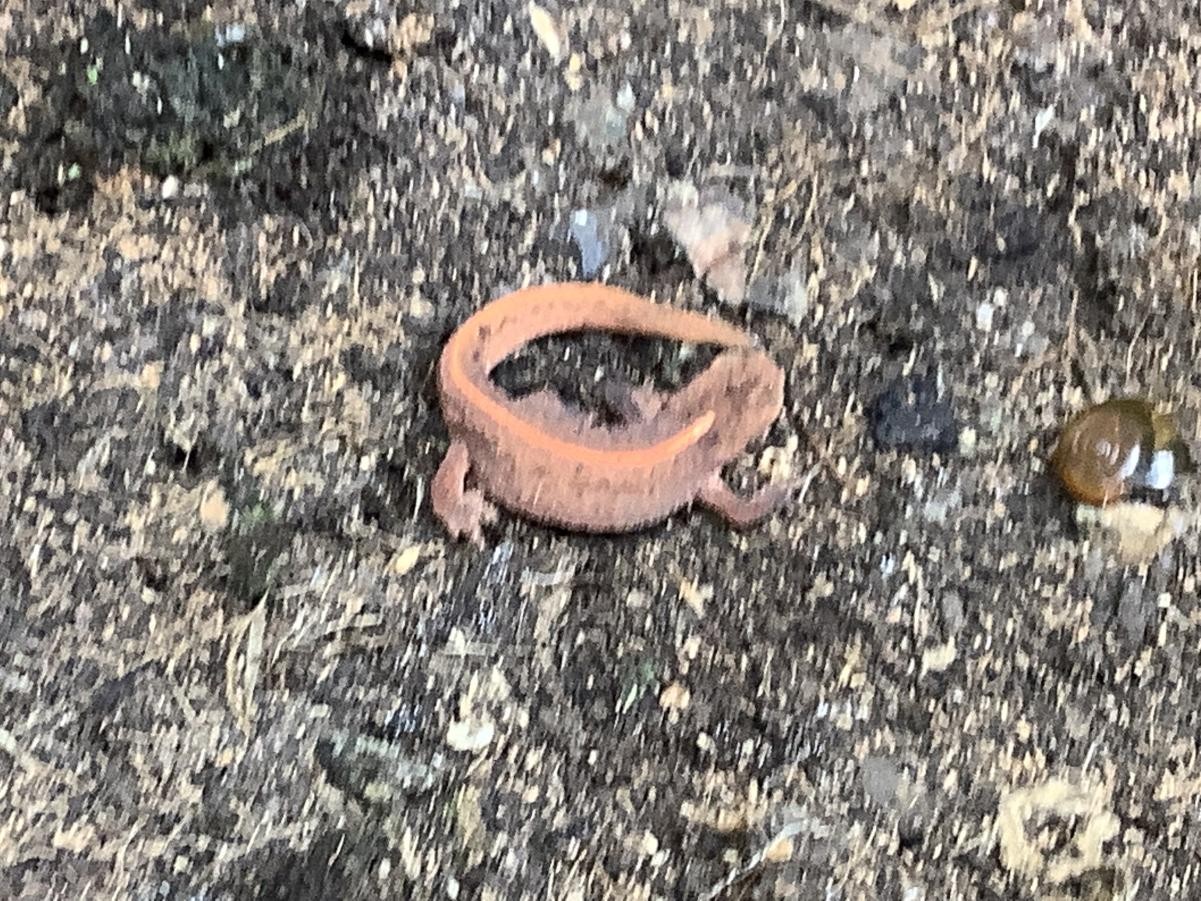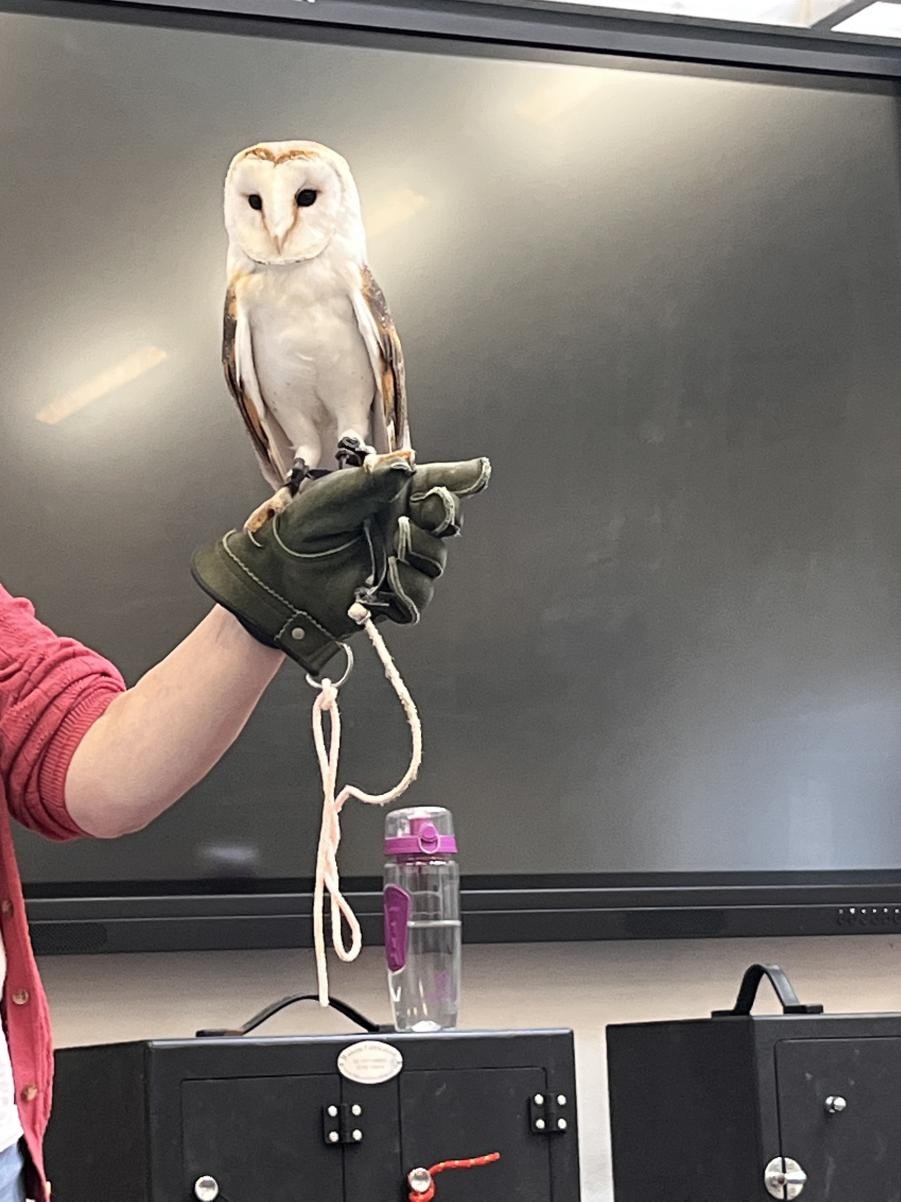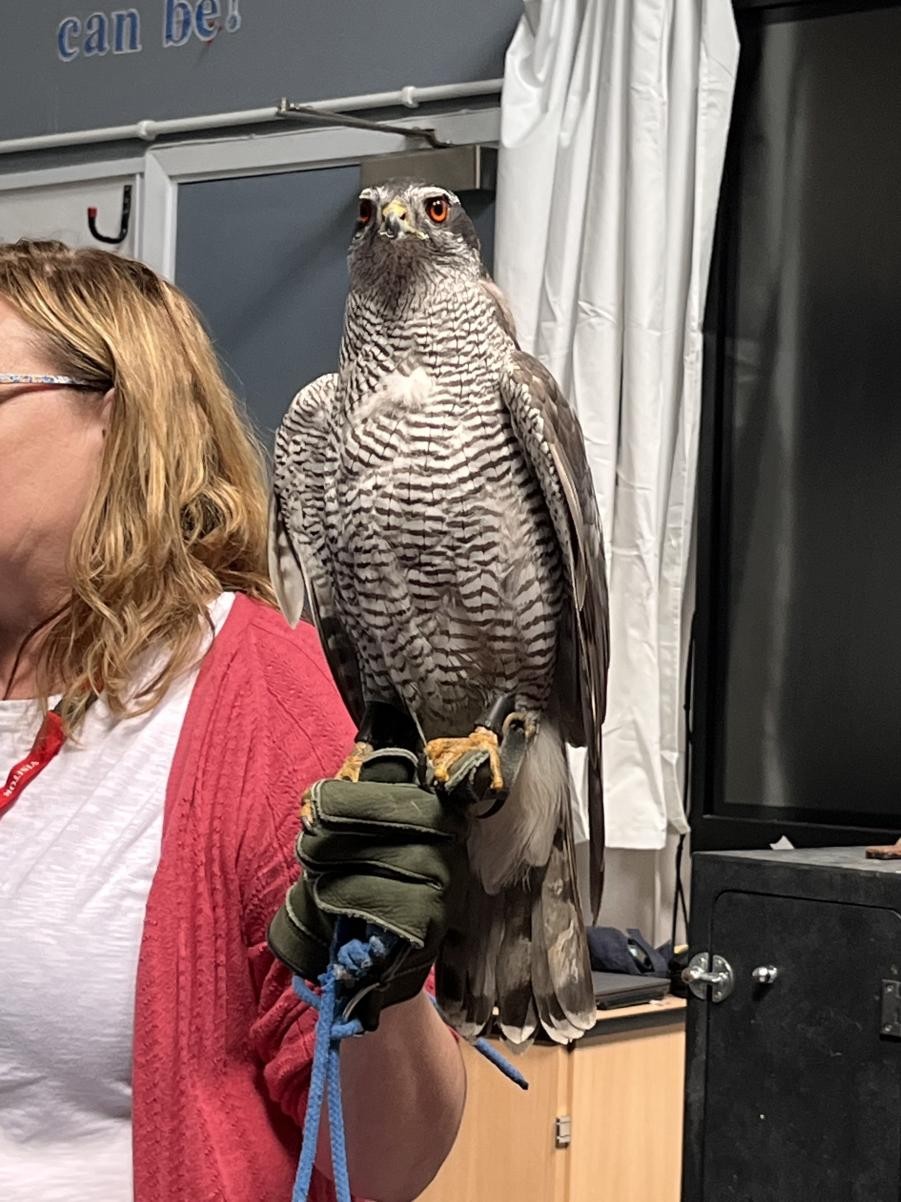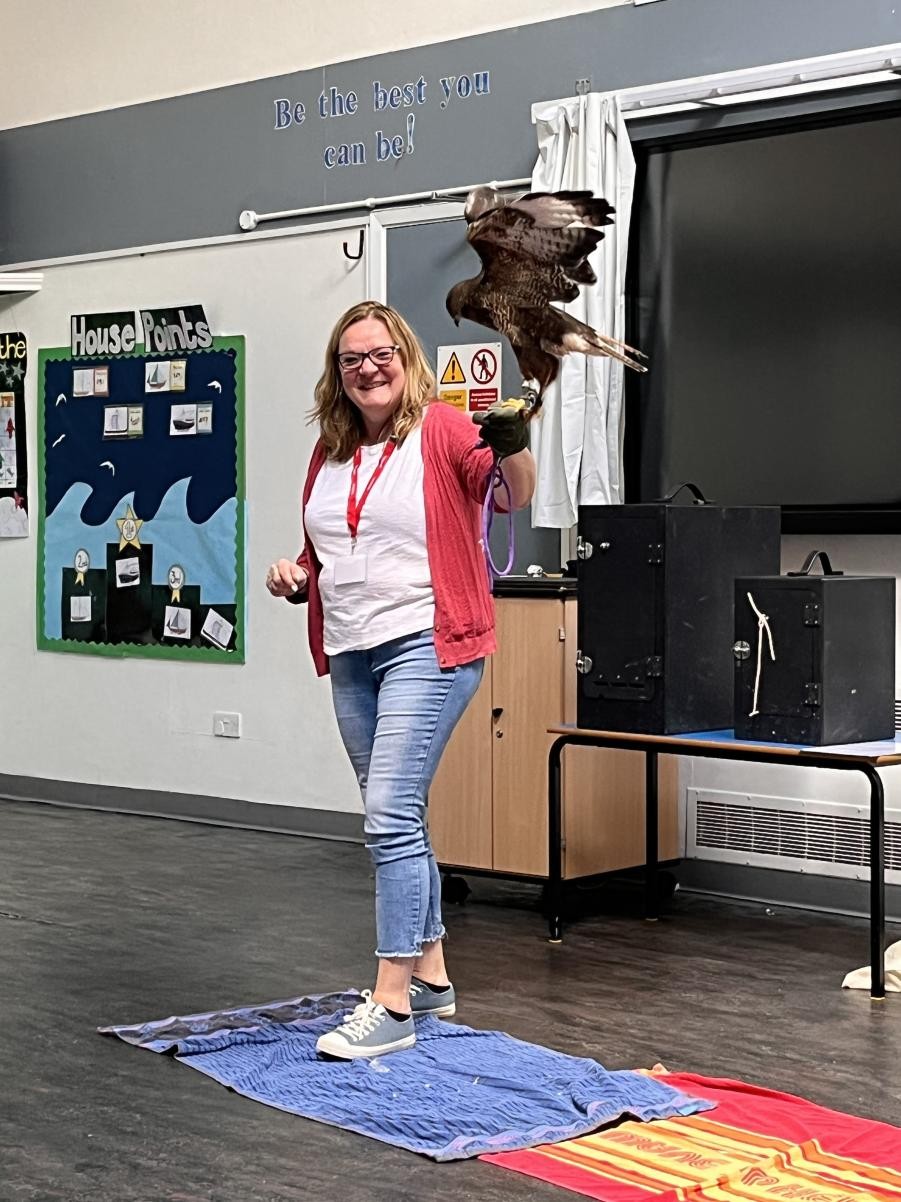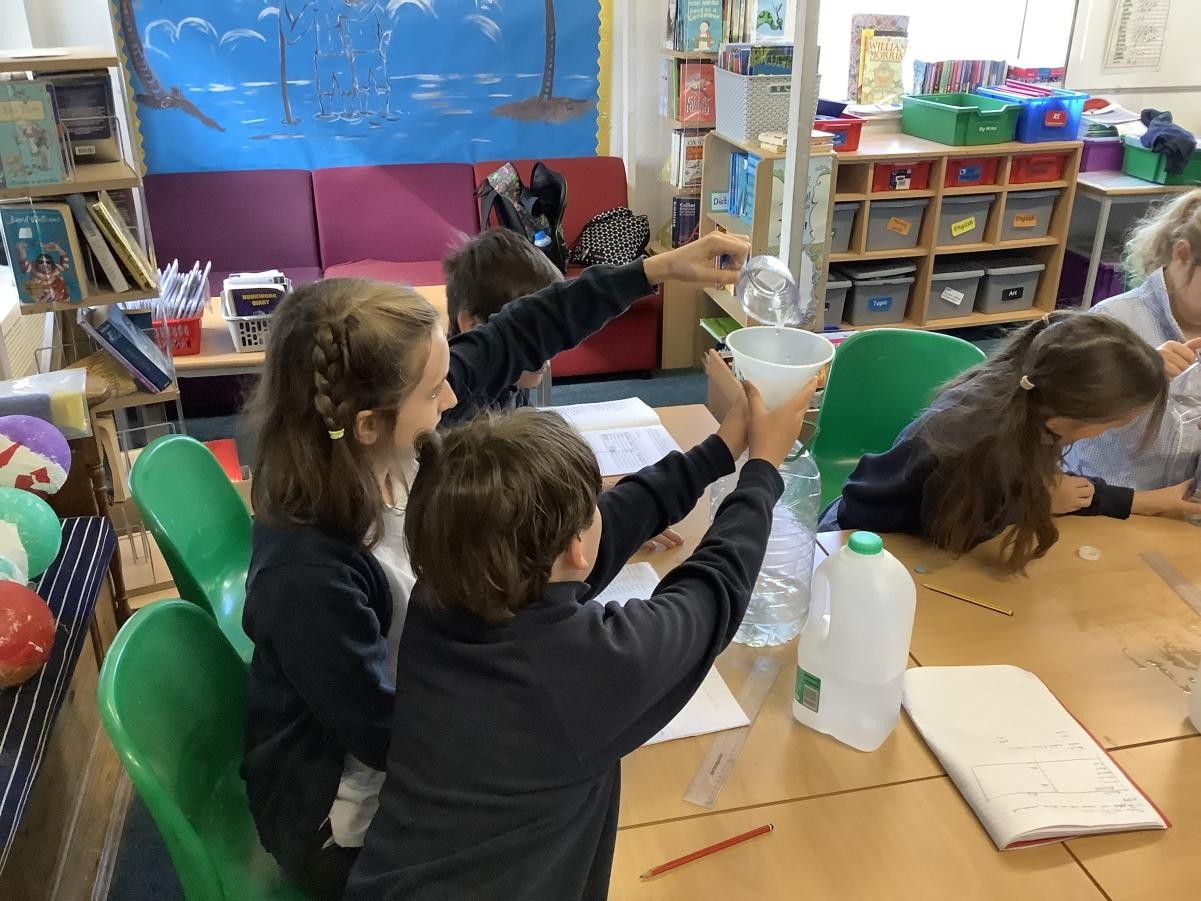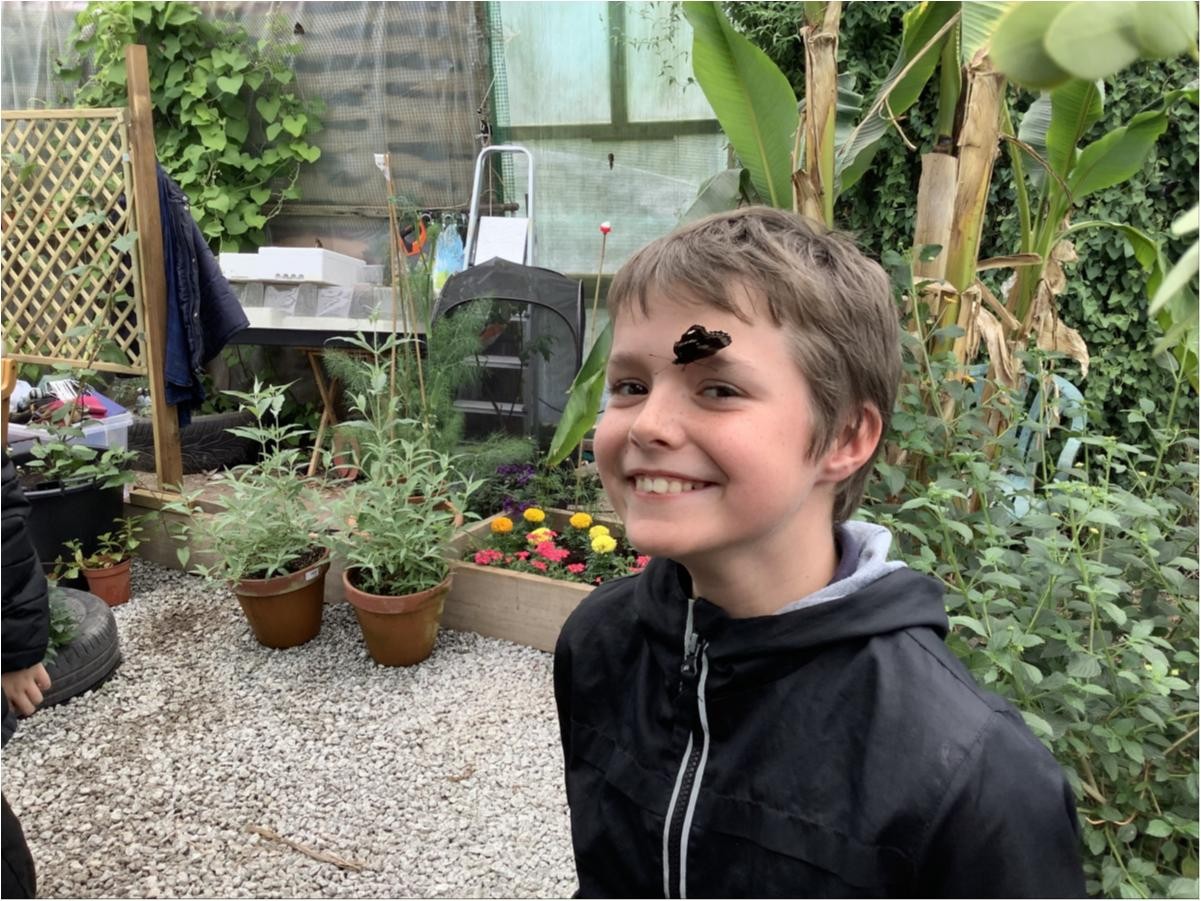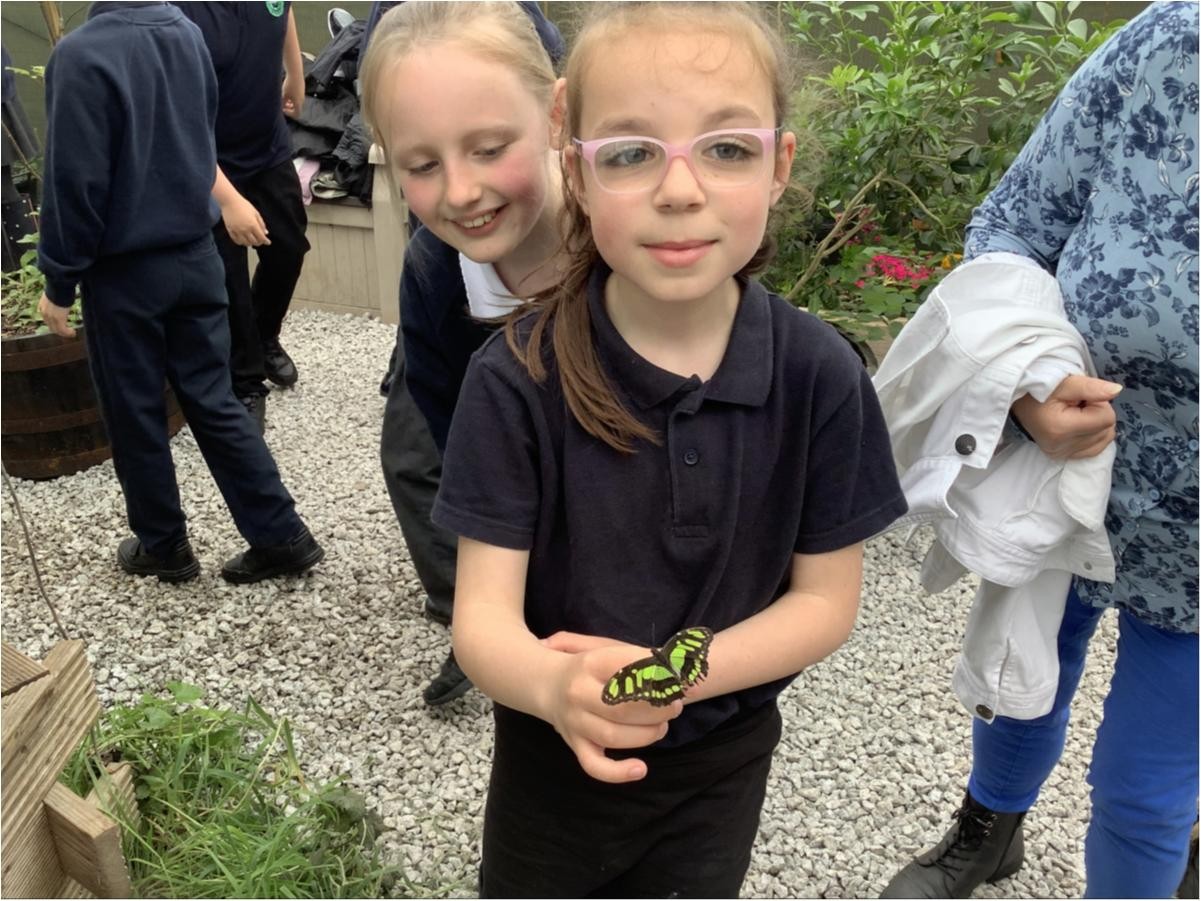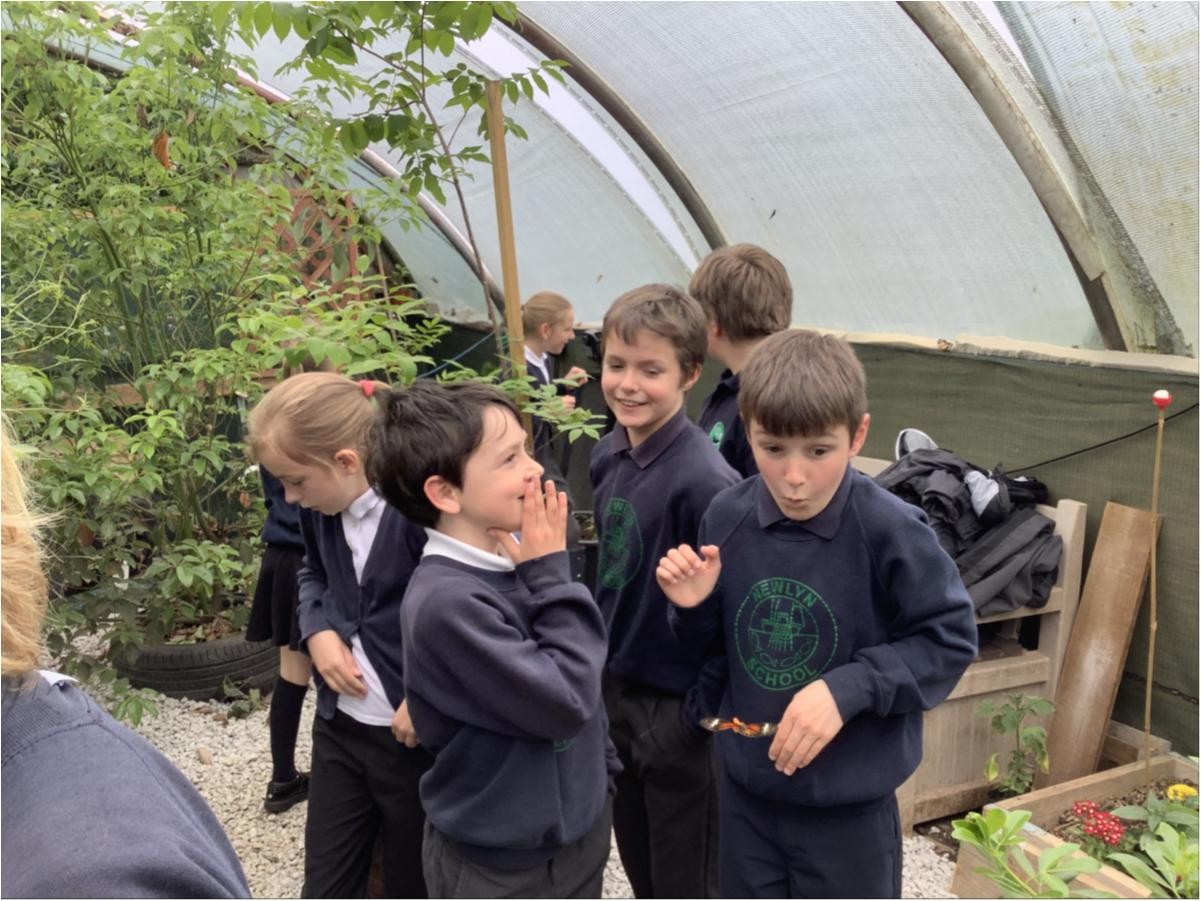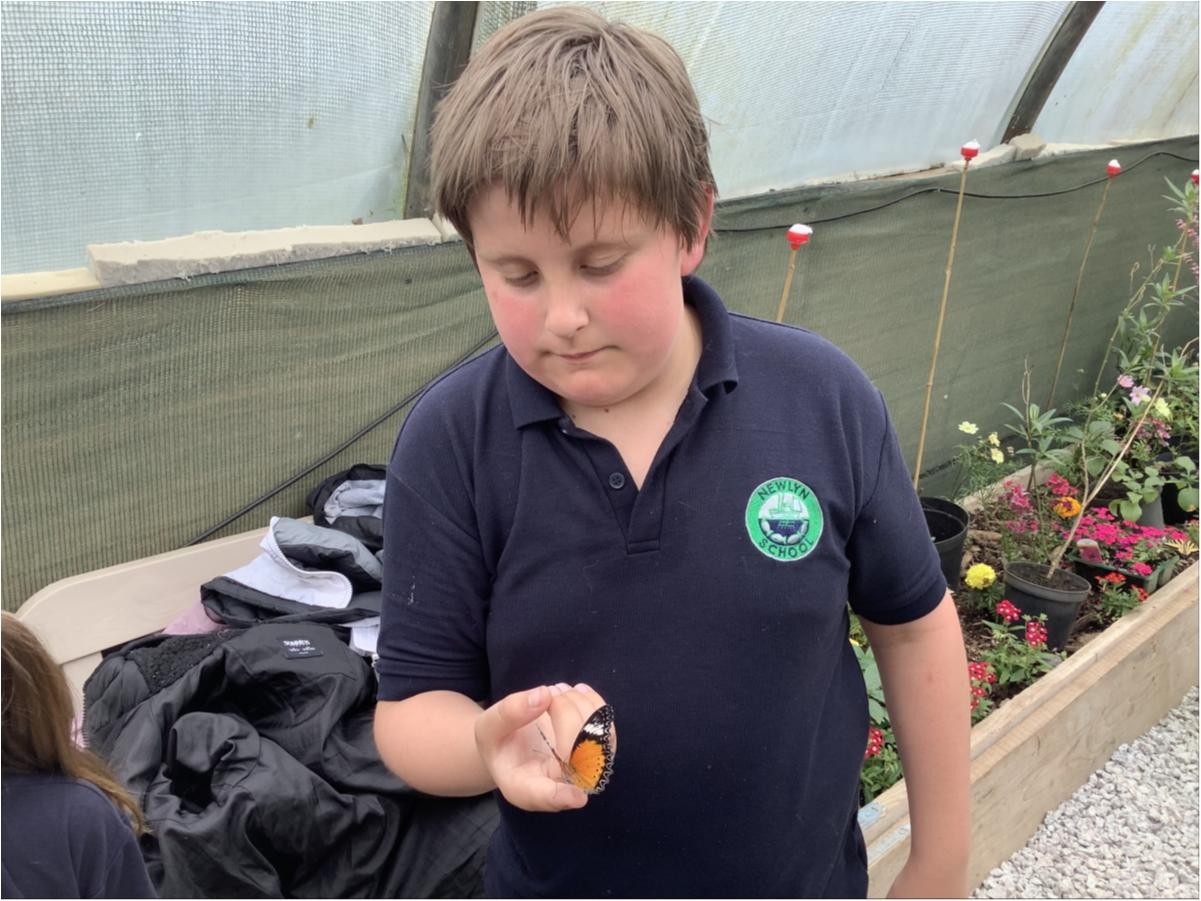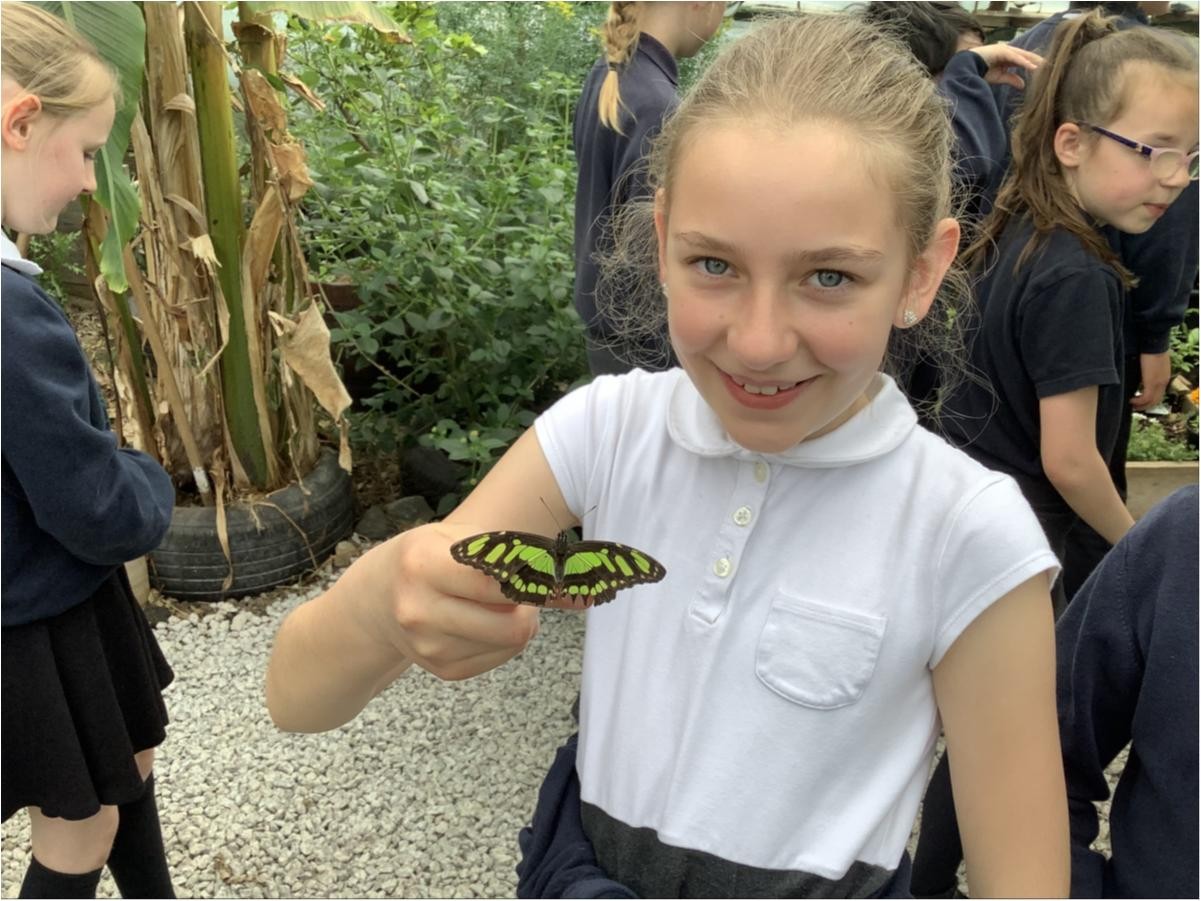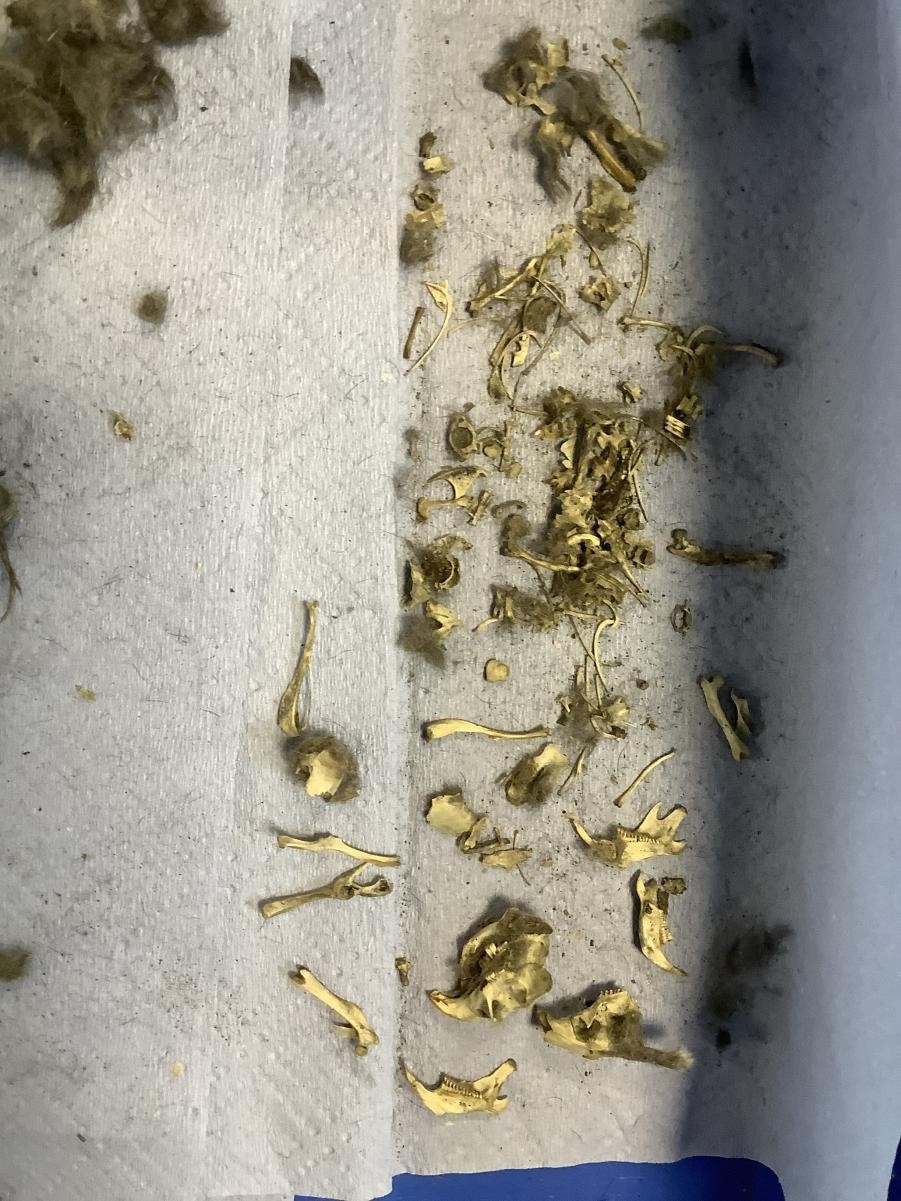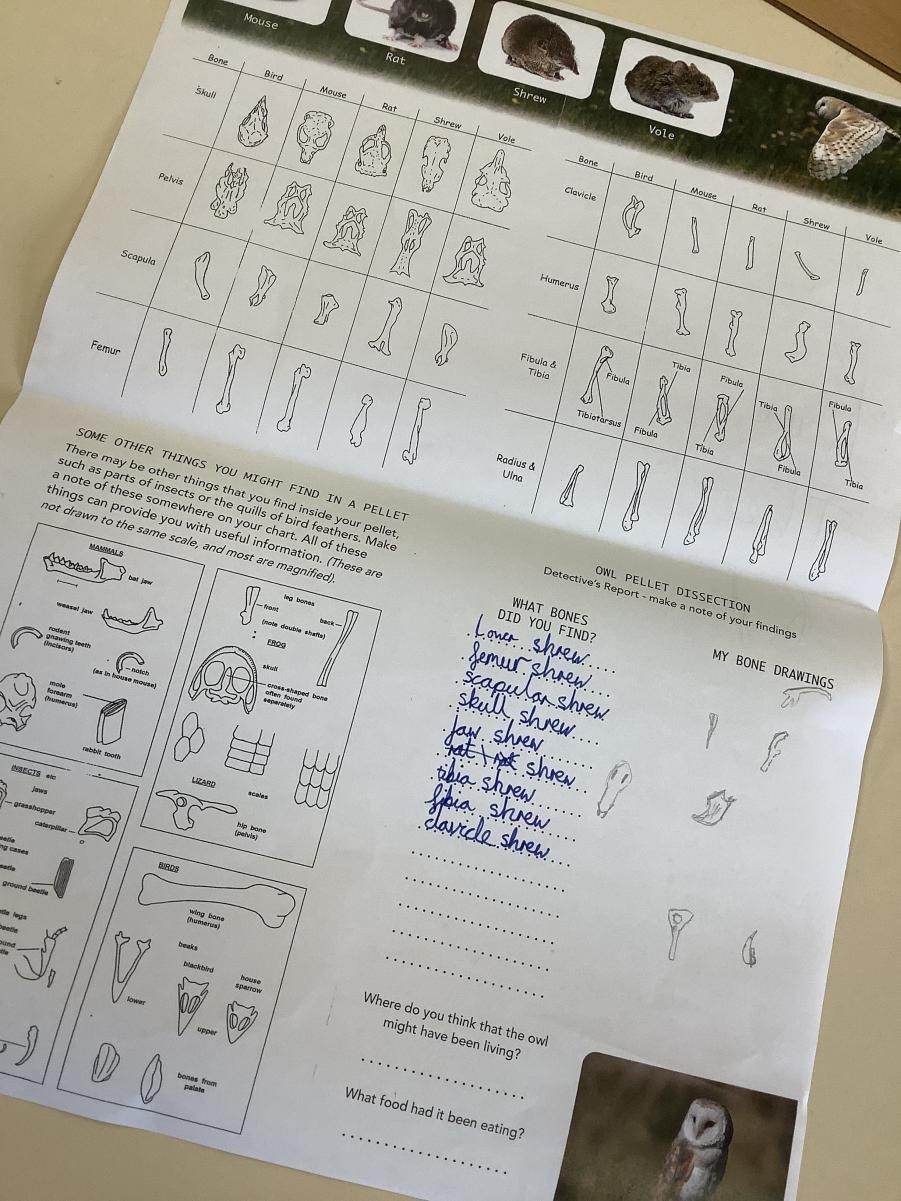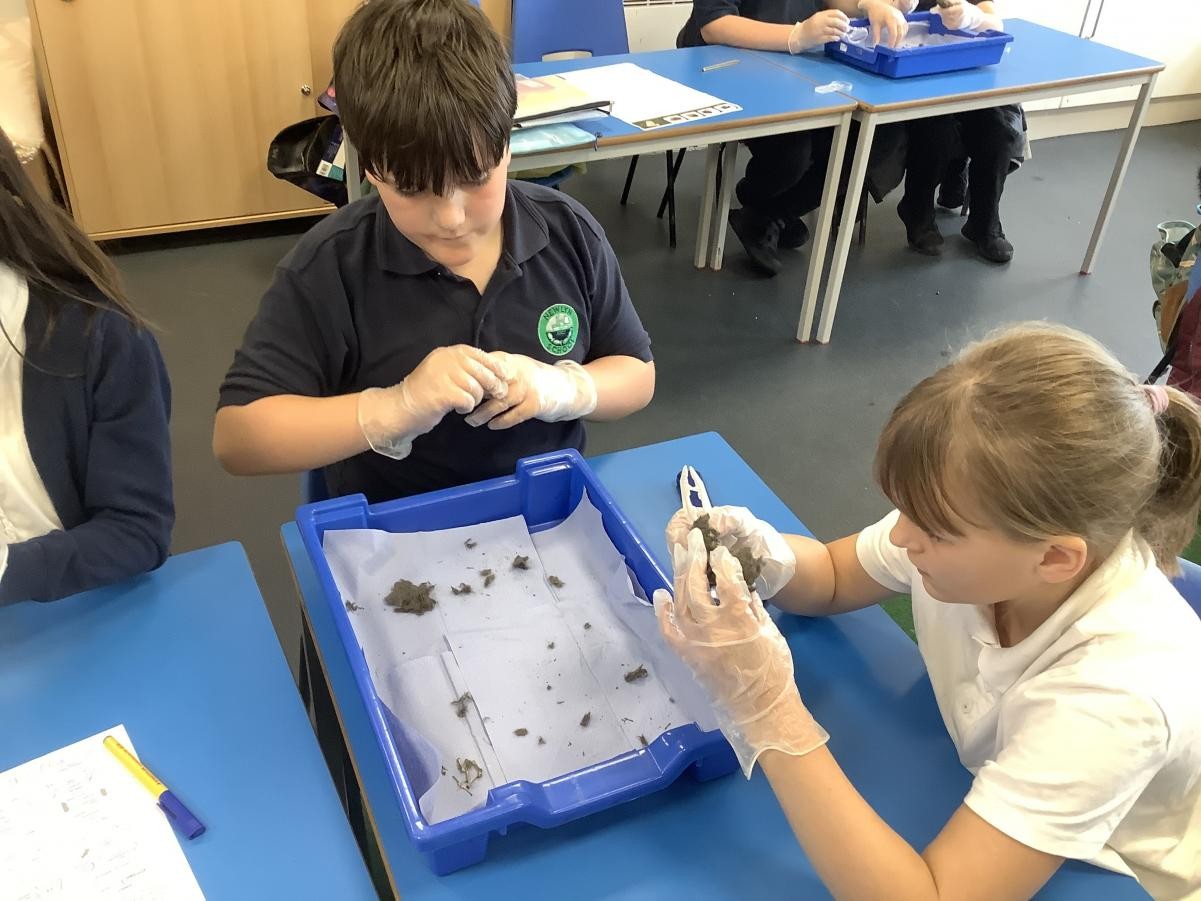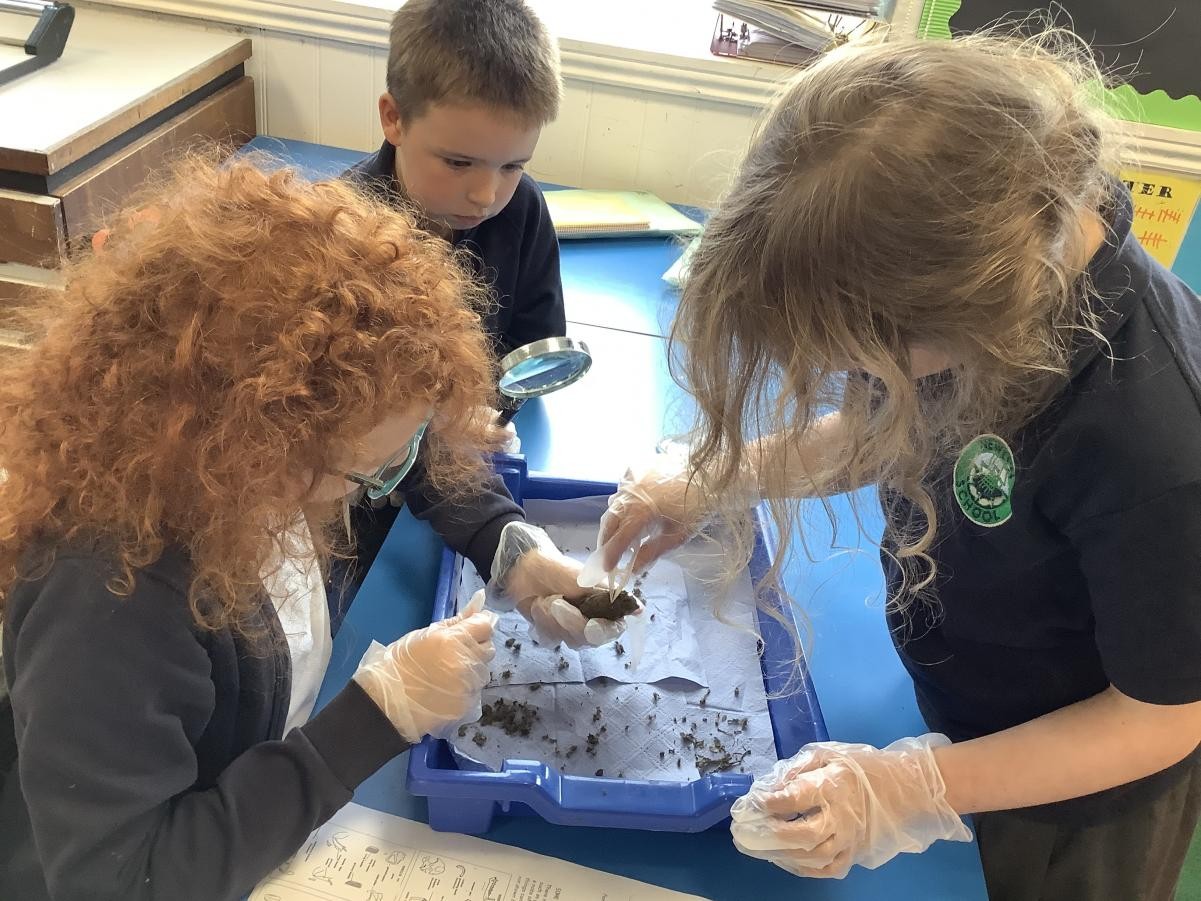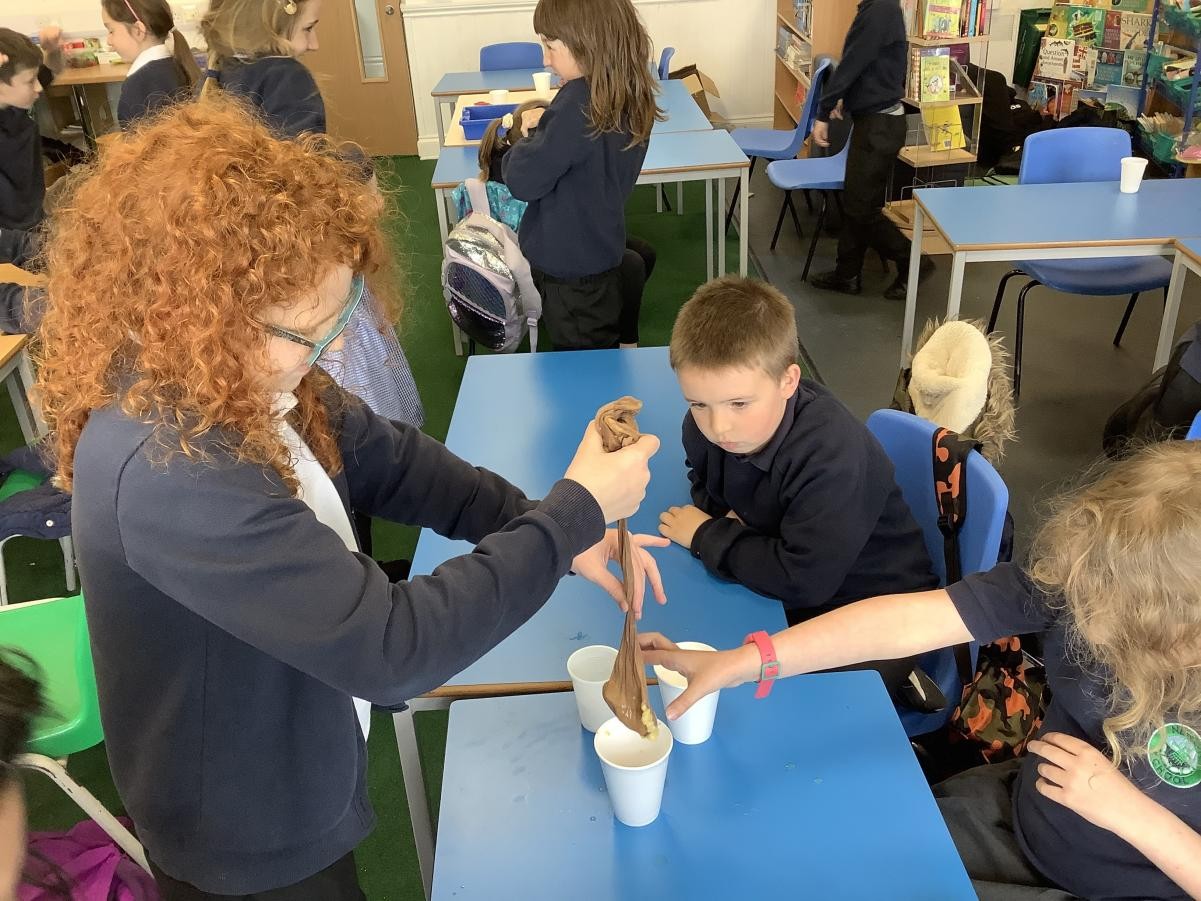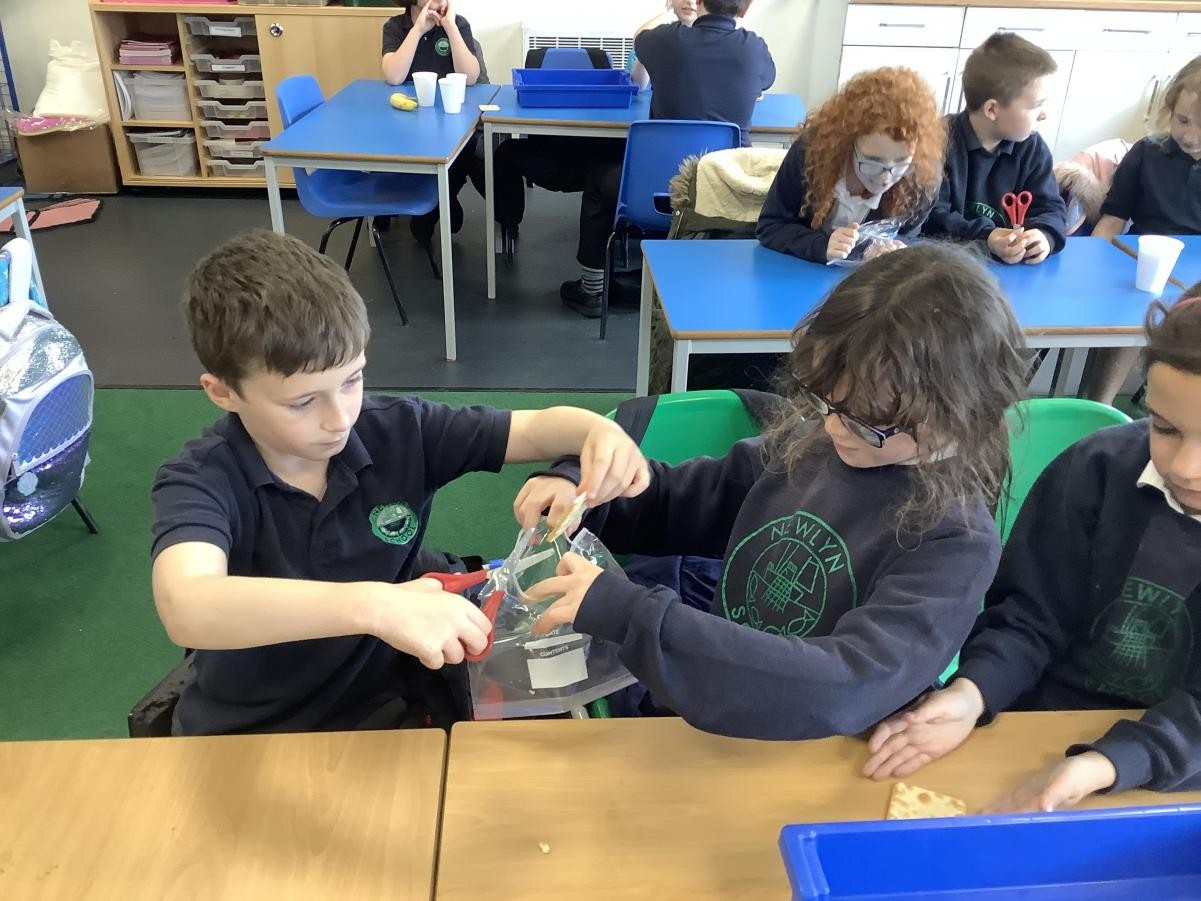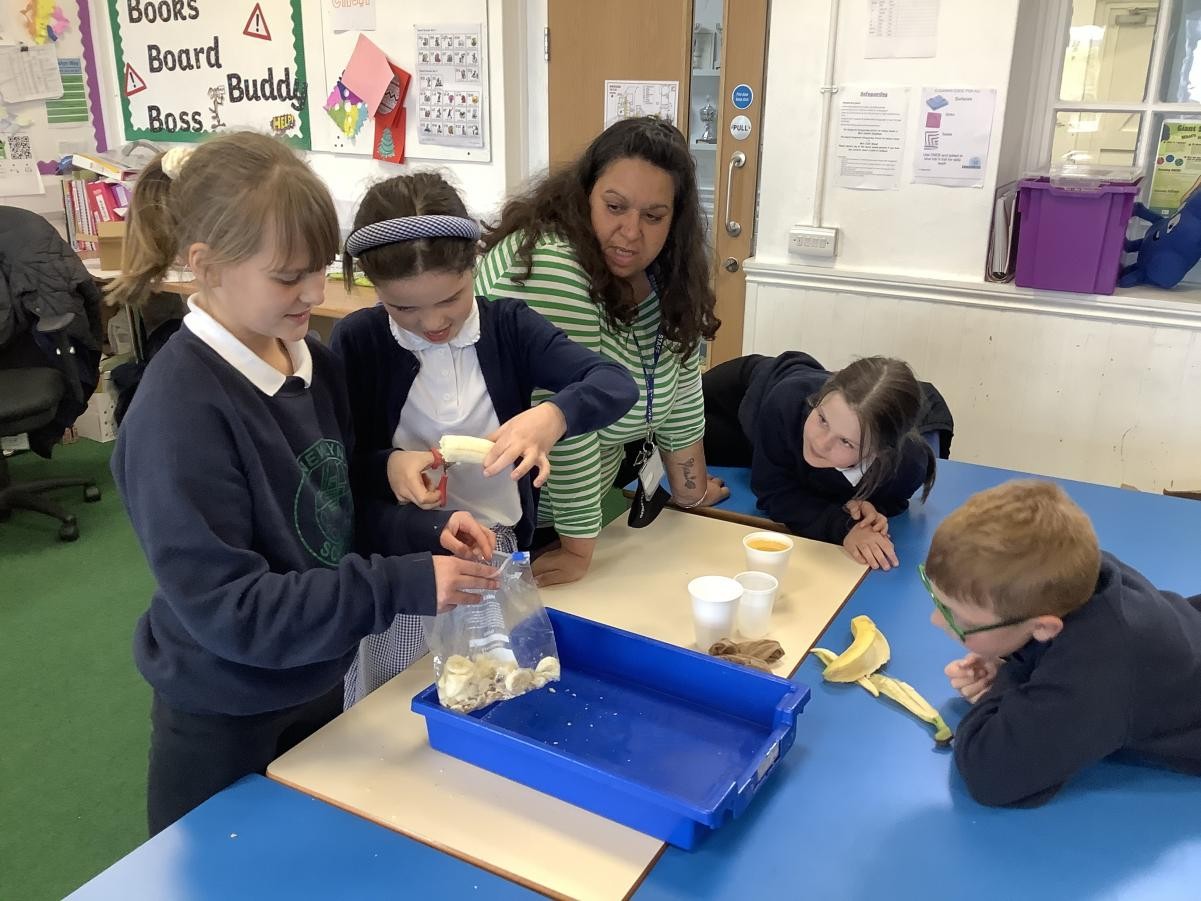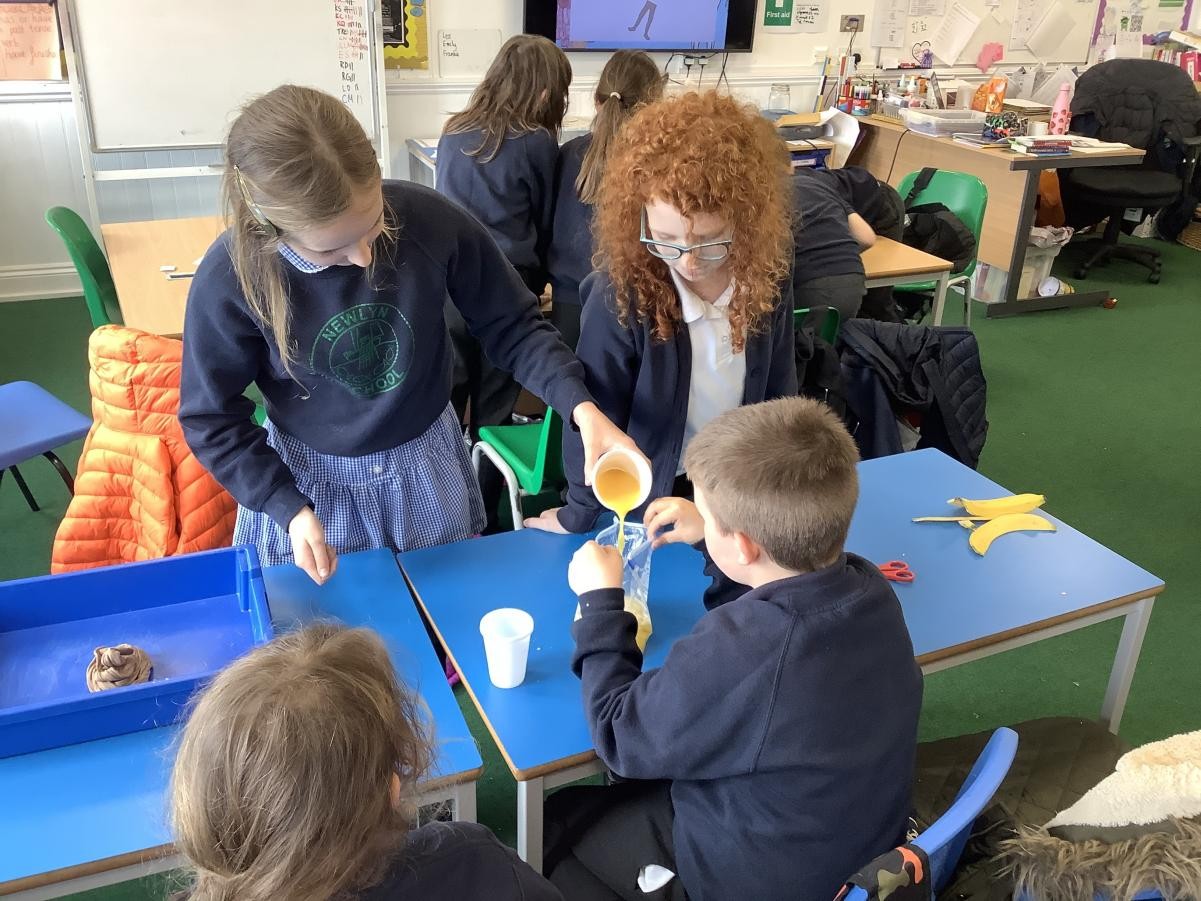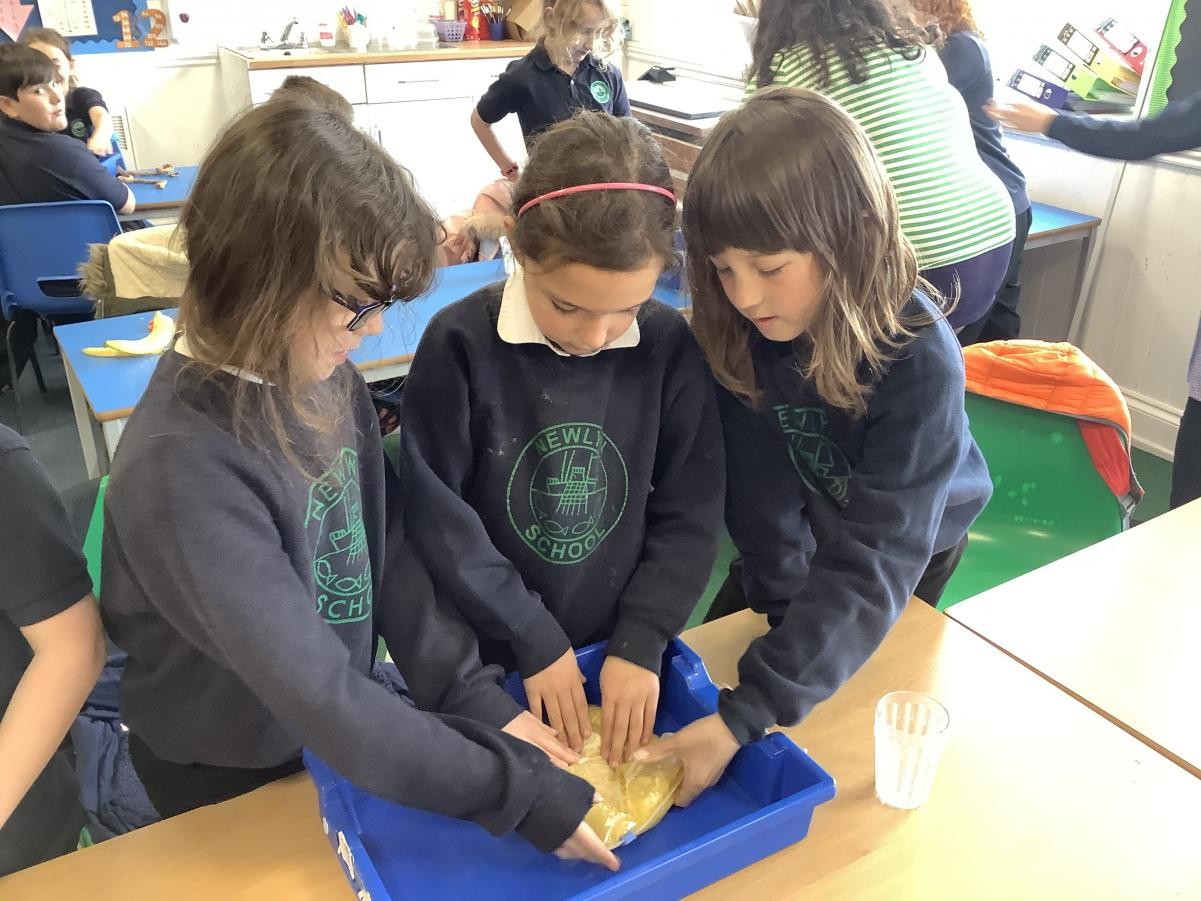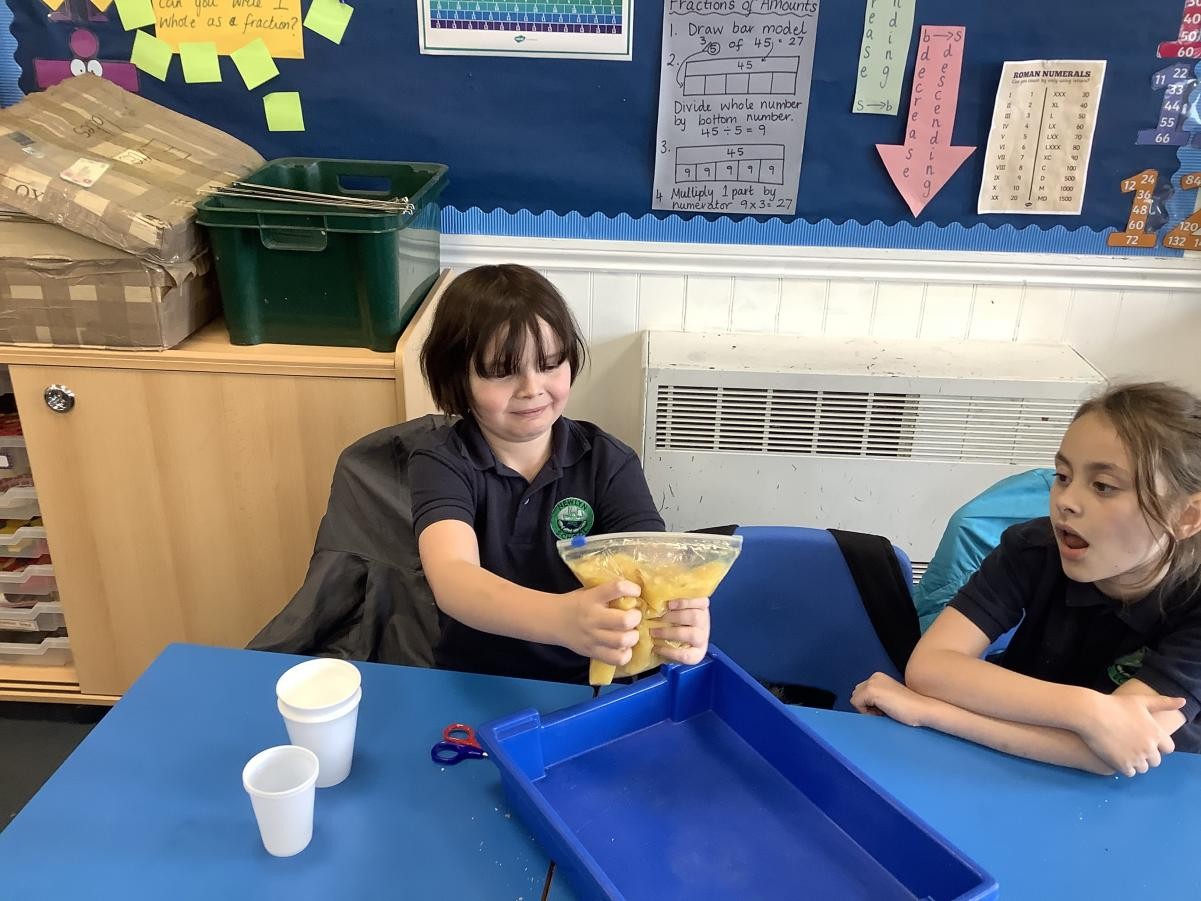Pupils will develop scientific knowledge and conceptual understanding through the specific disciplines of biology, chemistry and physics.
Children will develop understanding through opportunities to engage in different types of science enquiries that help them to answer questions about the world around them.
Children are equipped with the scientific skills required to understand the uses and implications of science, today and for the future.
Implementation
We use the Rising Stars scheme of work to teach our children science. Rising Stars puts working scientifically at the heart of our curriculum with 6 flexible units for every year, each containing exciting new experiments, investigation and STEAM content.
The curriculum incorporates the statutory requirements of the National Curriculum 2014 and Switched on Science scheme of work to ensure progression of skills and knowledge across the school.
We involve problem solving opportunities that allow children to find out for themselves. Pupils are encouraged to ask their own questions and are given opportunities to use their scientific skills to facilitate discovery. This curiosity is celebrated within the classroom.
The skills of working scientifically are embedded into lessons to ensure these skills are being developed throughout the children’s school career and new vocabulary and challenging concepts are introduced through direct teaching.
Teachers use precise questioning in class to test conceptual knowledge and skills, and assess children regularly to identify those children with gaps in learning, so that all children keep up.
Teachers demonstrate how to use scientific equipment, and students become more proficient in selecting and using equipment; collating and interpreting results; and they become increasingly confident in their growing ability to come to conclusions based on real evidence.
Impact:
There is full coverage of the Science National Curriculum.
Children are provided with engaging experiences and develop skills that prepare them for the future. Knowledge and skills are assessed at the end of each unit to ensure impact of provision.

